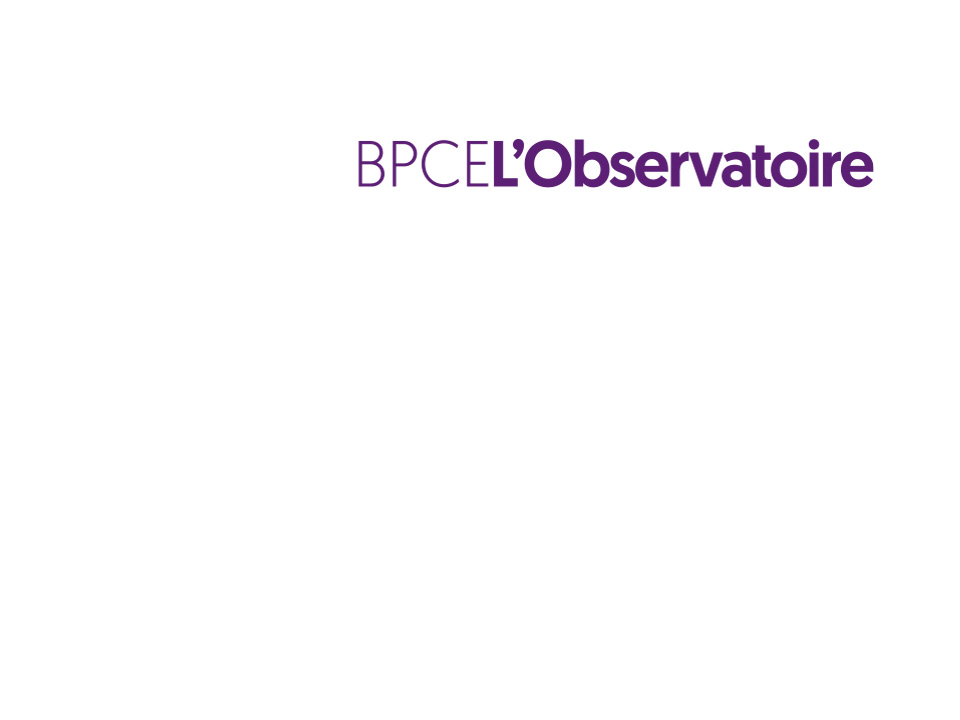

The economic situation facing French companies: current trends and outlook?
[August 2023] Our economists Alain Tourdjman and Julien Laugier have analyzed the situation facing French companies and their response to recent changes in the economic and financial environment.


A tense yet sustainable economic context for companies
On the whole, French companies have managed to maintain their margins in a deteriorating economic environment (rising production costs, falling domestic demand, etc.), the impact of which has partially been muted by public subsidies. Business investment is likely to decline significantly while still remaining at historically high levels. Against this overall backdrop of relative decline, sectoral disparities have nevertheless widened, and VSEs and SMEs are anticipating a deterioration in their business activities and cash flow. The financial strength of SMEs, however, suggests that they are more resilient to current difficulties than in the post-financial crisis period.
Insolvencies: a major challenge!
The abnormal situation characterized by a historically low number of business failures is now a thing of the past. With a total of 48,700 insolvencies year-to-date at the end of June 2023, a kind of normalization of business failures is taking hold without, however, the emergence of a “wave of bankruptcies” or a prolongation of the “Covid exception.” The number of business failures is therefore expected to rise substantially (55,000 in 2023 followed by 58,000 in 2024), without returning to the high levels seen in the wake of the financial crisis. However, the pace of insolvencies is more sustained for companies with employees, especially micro- and small-sized companies and, more recently, medium-sized companies and intermediate-sized enterprises.
Company investment and financing in turmoil
The cost of credit for SMEs has risen sharply over the past year, and the effects of the credit crunch have been noticeable for the past six months. Despite this, bank debt remained extremely buoyant in 2022 (up €91bn to €1,332bn) but this trend is likely to slow (impact of economic difficulties, a decline in investment, and repayment of State-guaranteed loans). Outstanding investment loans are expected grow in pace with inflation over the next two years, while outstanding short-term credit facilities should decline in 2023 and stabilize in 2024. On the investment side, reduced recourse to credit, repayment of “Covid debt,” and shrinking margins should continue to depress cash balances with bank outstandings down by approximately €45bn in 2023 and €5bn in 2024. Over and above the overall volume of cash holdings, the rise in interest rates has triggered major changes in trade-offs between different investment vehicles: outstanding sight deposits are expected to fall by 22% compared with the end of 2021, and outstanding term deposits are set to double in two years. Mutual funds and debt securities, on the other hand, are expected to enjoy renewed growth.